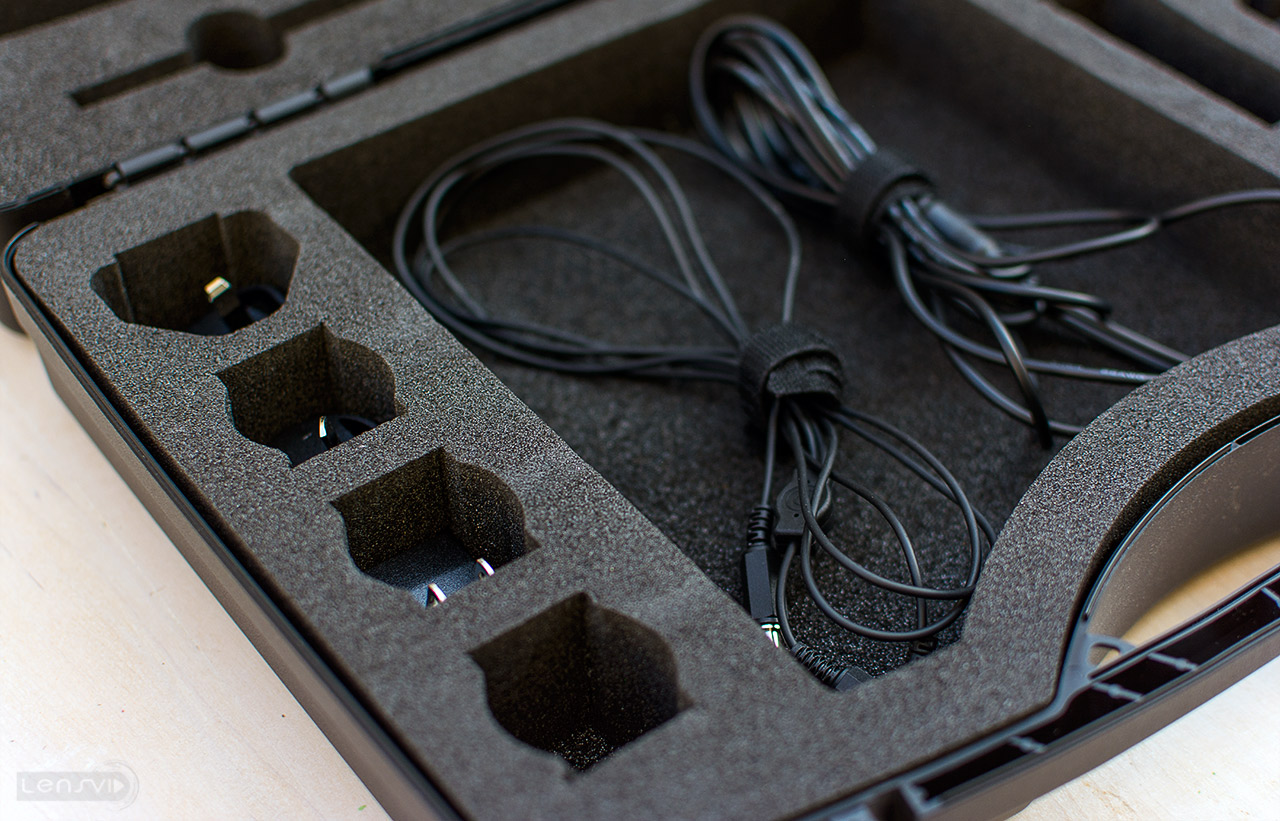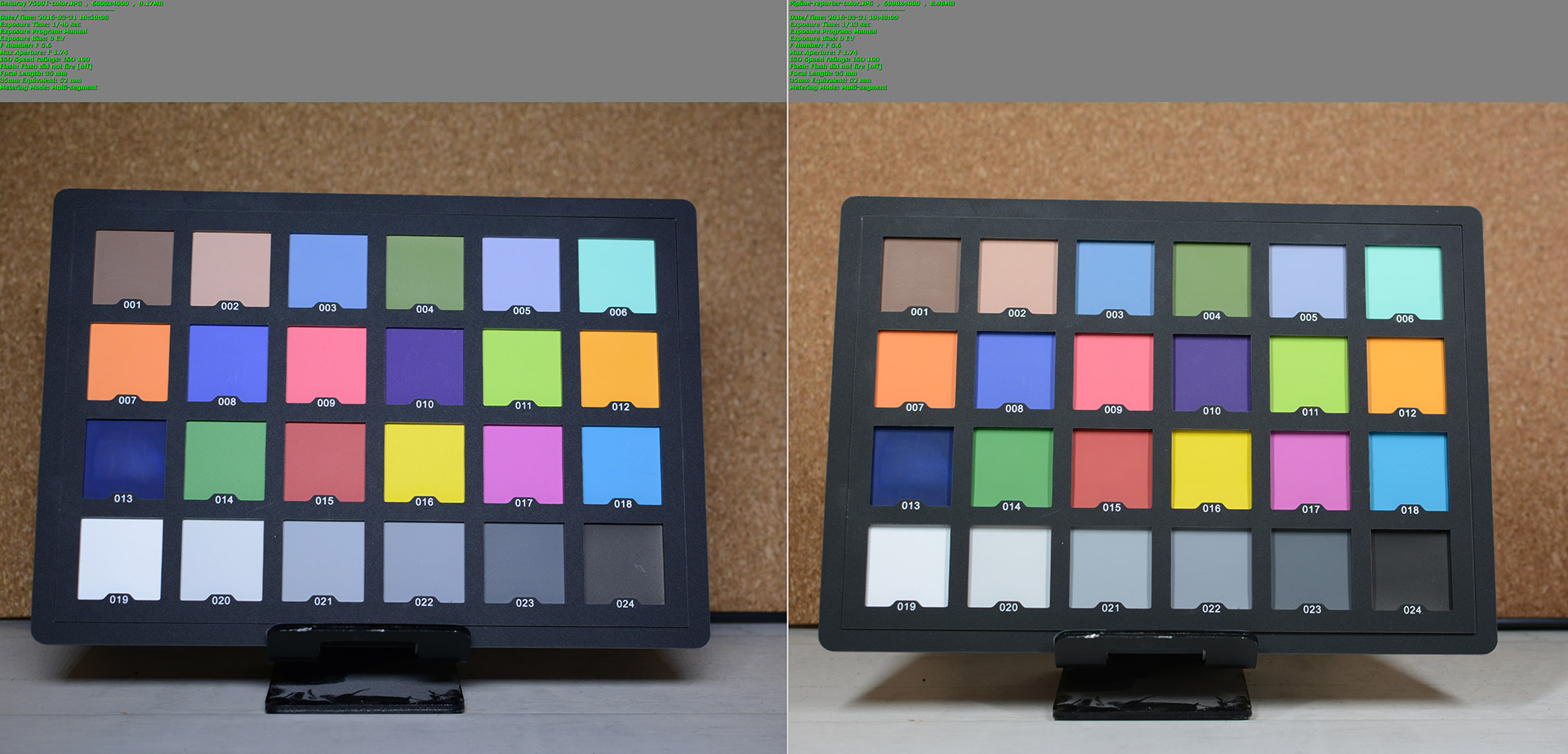Today we are happy to publish the second review in our current series of compact LEDs and this time around we are looking at a unique light kit made in Denmark called Pipeline Reporter which uses remote phosphor technology and manufactured by BBS.
The Pipeline Reporter is the second in a list of 4 LEDs that we are going to review here in the next few weeks. The first was the Genaray LED-7500T (see review here) which is a very different light with its own set of advantages and disadvantages. It is also worth mentioning the tiny Italian Relio LED Light which we looked at here a few months ago.
The Pipeline Reporter is different from all three other lights we are looking on in this series because it doesn’t come with a battery – although according to BBS you can use one to power it.
The more important difference has to do with the technology behind the Pipeline Reporter. Unlike all the other lights that we have been testing here which use conventional LEDs, the Pipeline Reporter uses remote phosphor technology. This technology which has been around for some time (there are some products on the market for at least a few years now from BBS and other manufacturers including Cineo, ARRI, and Desisti), use a blue emitting LEDs to excite a phosphor-coated panel a few inches away (this is where the term “remote” phosphor comes from).
The Pipeline Reporter kit in action
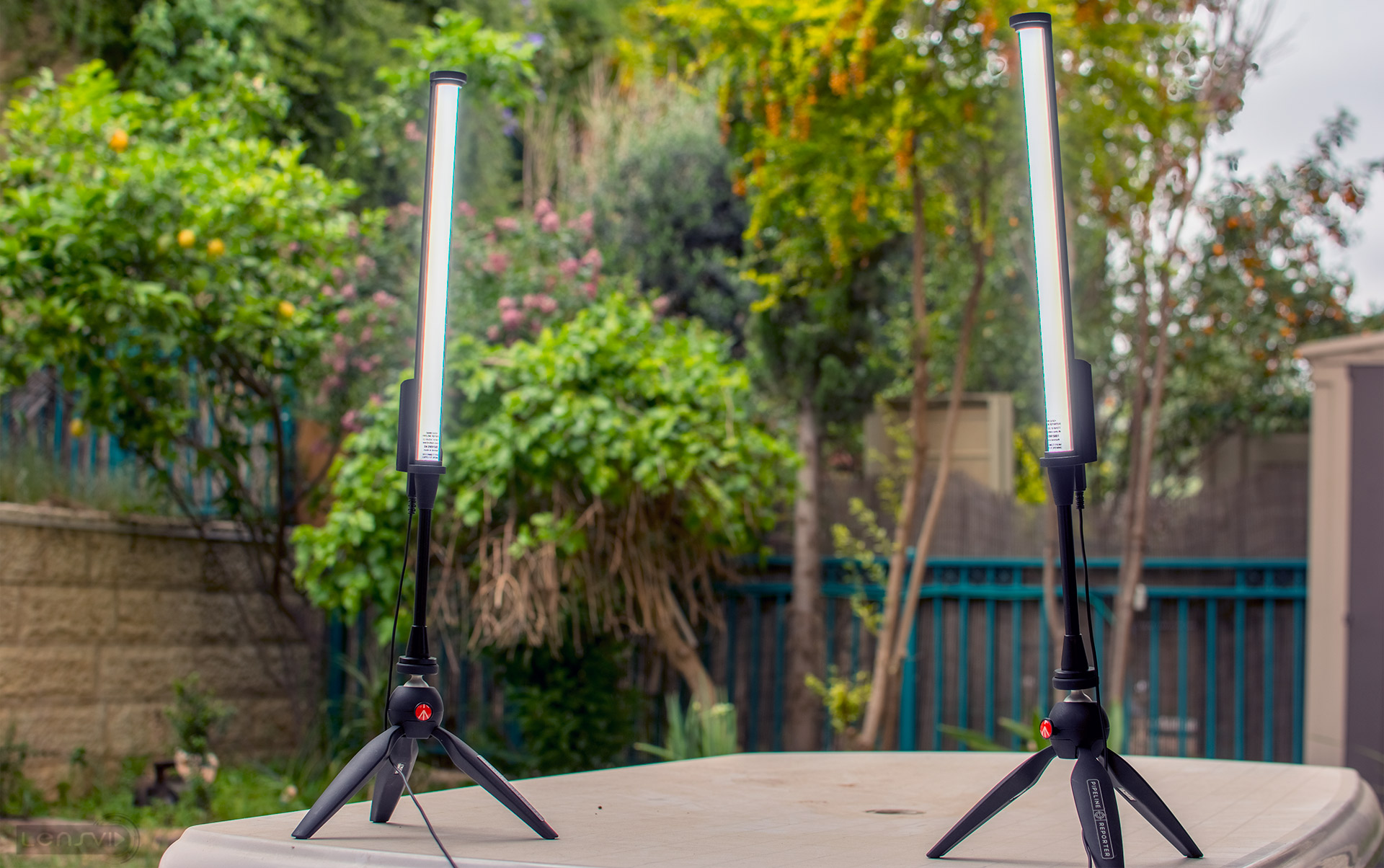 Remote phosphor provide several advantages – the biggest that we have seen in our testing for photography/videography uses is the even, wide and soft light distribution of the light compared to the usually very narrow and hard light of conventional LEDs (when used without any diffusion). With Remote phosphor you also don’t get pixelation, thermal hot spots, binning effects and very minimal glare.
Remote phosphor provide several advantages – the biggest that we have seen in our testing for photography/videography uses is the even, wide and soft light distribution of the light compared to the usually very narrow and hard light of conventional LEDs (when used without any diffusion). With Remote phosphor you also don’t get pixelation, thermal hot spots, binning effects and very minimal glare.
Remote phosphor also gives very high quality of the light (CRI/TLCI – both way over 90 in many cases), giving you very good color reproduction and reducing the time you might be working on color grading in post. Other claimed advantages are better efficiency, longer life and more energy efficiency (that is better than the already very efficient conventional LEDs).
If you want more technical background on remote phospher there are plenty to be found online including this presentation, this presentation and parts of the article “Fundamentals of Planar Remote Phosphor LEDs” (page 34).
With the more technical aspects out of the way we can take a look at the Pipeline Reporter and we shall start with a quick specs list:
- Power: 1000 lumens per light / 10 watts draw.
- Color temperature – 5600K (there are also 3200K and 4300K versions).
- Dimming from 100-0%.
- 95+ TLCI / CRI 92+.
- Aluminium pipe.
- AC adapter (110v-240v) charger included (battery sold separately).
- In the kit: 2 lights, 2 mini tripods cable extenders and several light plugs.
- Price: official price $850 ($665 on B&H after rebate).
Build quality and design
When we first got the Pipeline Reporter kit and we opened the cardboard box and saw the case it came in we got a huge smile on our faces. Opening the heavy duty plastic case the kit comes in made our smile even bigger – everything is nicely placed inside a hard dark foam and it just looks and feels so professional. We could only wish all products would come in such a great case.
Great kit in the box
 Moving to the product itself – the two lights which comes in the box are basically 30 cm / 12 inch metal tubes with a dimmer – very simple design but very well made. You have a power connector on the bottom and a 1/4″ 20 a just below to connect the light to the mini Manfrotto tripods which comes with the kit (these are really nice and they also come with short extenders).
Moving to the product itself – the two lights which comes in the box are basically 30 cm / 12 inch metal tubes with a dimmer – very simple design but very well made. You have a power connector on the bottom and a 1/4″ 20 a just below to connect the light to the mini Manfrotto tripods which comes with the kit (these are really nice and they also come with short extenders).
There are only a couple of minor things that we might consider improving about the kit. One is – as we mentioned in the video and above – there is no battery which comes with the lights and there is only one long extension cable – although looking at the BB&S site – you can get an extra one or an extra power adapter for powering each light), It would be nice if the battery though would have come in the kit to make this a truly portable solution out of the box.
High build quality
 The second thing that we would add is another 1/4″ 20 on the center of the light (on the back) – this way it would be possible to quickly mount the light either vertically or horizontally (although you can probably rig a clamp to do this – as the lights are not heavy or large at all).
The second thing that we would add is another 1/4″ 20 on the center of the light (on the back) – this way it would be possible to quickly mount the light either vertically or horizontally (although you can probably rig a clamp to do this – as the lights are not heavy or large at all).
Finally – we would change the dimmer in such a way that it will click when you turn it on/off (it doesn’t) or better yet – have a different on/off bottom so that you can set the power level and keep it but turn the light on/off when needed.
Different power plugs in the box for international users all around the world
Let’s talk performance and we ran a couple of real world tests (we didn’t take any direct light/color measurements but what we did do can give you a good feel about what to expect from the light).
First we tested the light output and distribution from a distance of 1.2 meters or about 4 feet – the Pipeline Reporter (right) the Genaray LED-7500T (left) – click to enlarge:
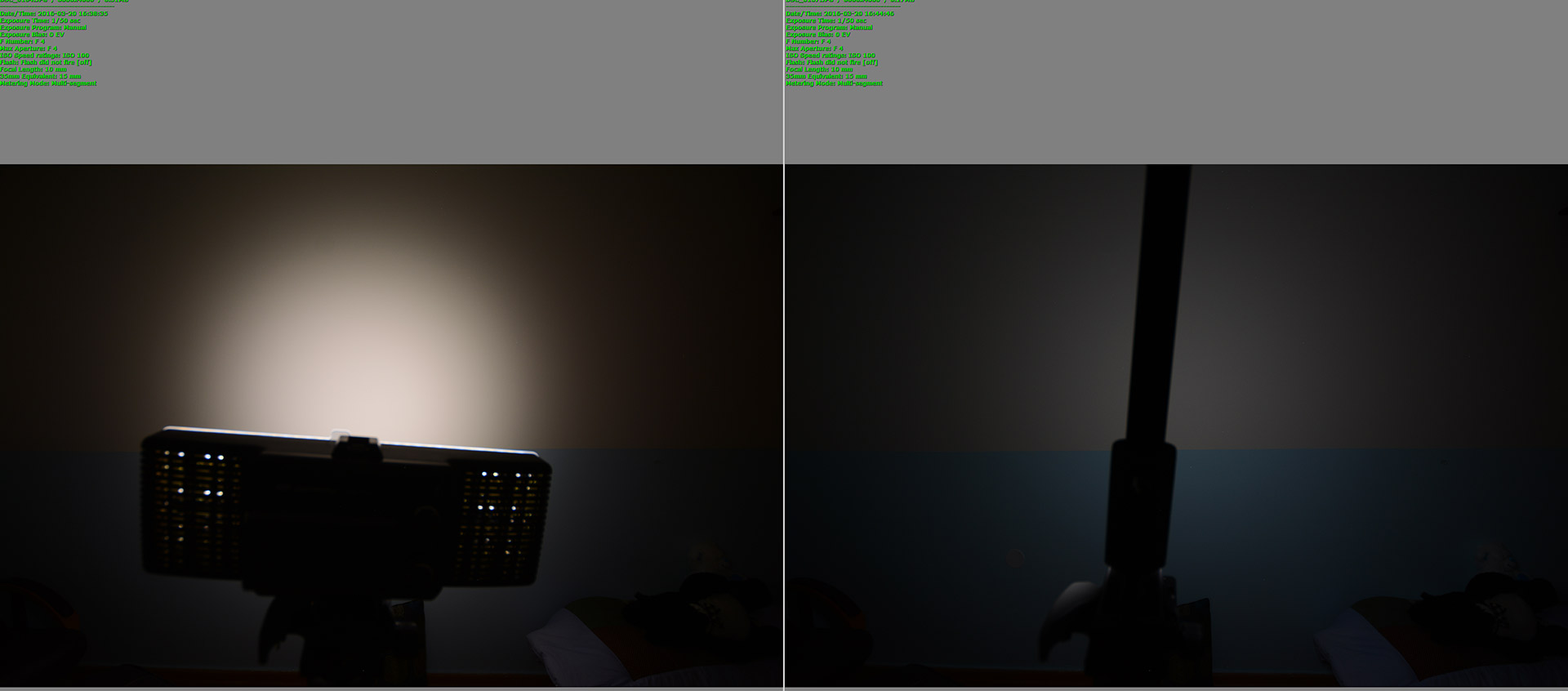 There is a huge difference in power (although mind you that this is a single Pipeline Reporter – but even with two lights the Genaray LED-7500T gives significantly more power). On the other hand you can see just how soft and well distributed the light from the Pipeline Reporter is.
There is a huge difference in power (although mind you that this is a single Pipeline Reporter – but even with two lights the Genaray LED-7500T gives significantly more power). On the other hand you can see just how soft and well distributed the light from the Pipeline Reporter is.
Next we have a look at a much closer distance and how the Pipeline Reporter (right) lights a product from about 30cm / 12 inches vs. the same image shot using the Genaray LED-7500T (left) – click to enlarge:
 Just see how soft the light from the Pipeline Reporter is – no harsh shadows (yes the fact that there are 2 lights this time from both sides does help here, we know, but the quality of light is outstanding non-the less).
Just see how soft the light from the Pipeline Reporter is – no harsh shadows (yes the fact that there are 2 lights this time from both sides does help here, we know, but the quality of light is outstanding non-the less).
Let’s look at color – same setup as above – Pipeline Reporter (right) and Genaray LED-7500T (left) – click to enlarge:
In this specific example we don’t see a huge difference in color (and there is a bit more shadows from the Pipeline Reporter – probably due to the angle we set up the lights) but we still think that overall the Pipeline Reporter colors look just a bit better.
Conclusion
The Pipeline Reporter kit is an interesting offer – it brings to the table (literally) one of the most promising LED technologies in the market – Remote phosphor. BB&S did a great job in terms of build quality and the design is for the most part simple and solid. The light quality is great with very uniform, wide angle light that is extremely diffused and soft without any need for extra diffusers.
The main downside (apart from the somewhat high cost – $850 – although there is a huge discount currently on B&H), is the amount of light that you are getting – it is simply not as powerful as some of the other portable lights that are currently on the market (for example the Genaray LED-7500T that we recently reviewed here).
The Pipeline Reporter was designed to be used at short distances (for video bloggers next to the screen, product or macro shooting) trying to use it in a typical interview scenario from a distance of 1-2 meter (3-6 feet) will not yield good results (although if you are doing an interview in a very confined space and making a tight shot you might be able to place the lights close enough to your subject.
Good for close ups
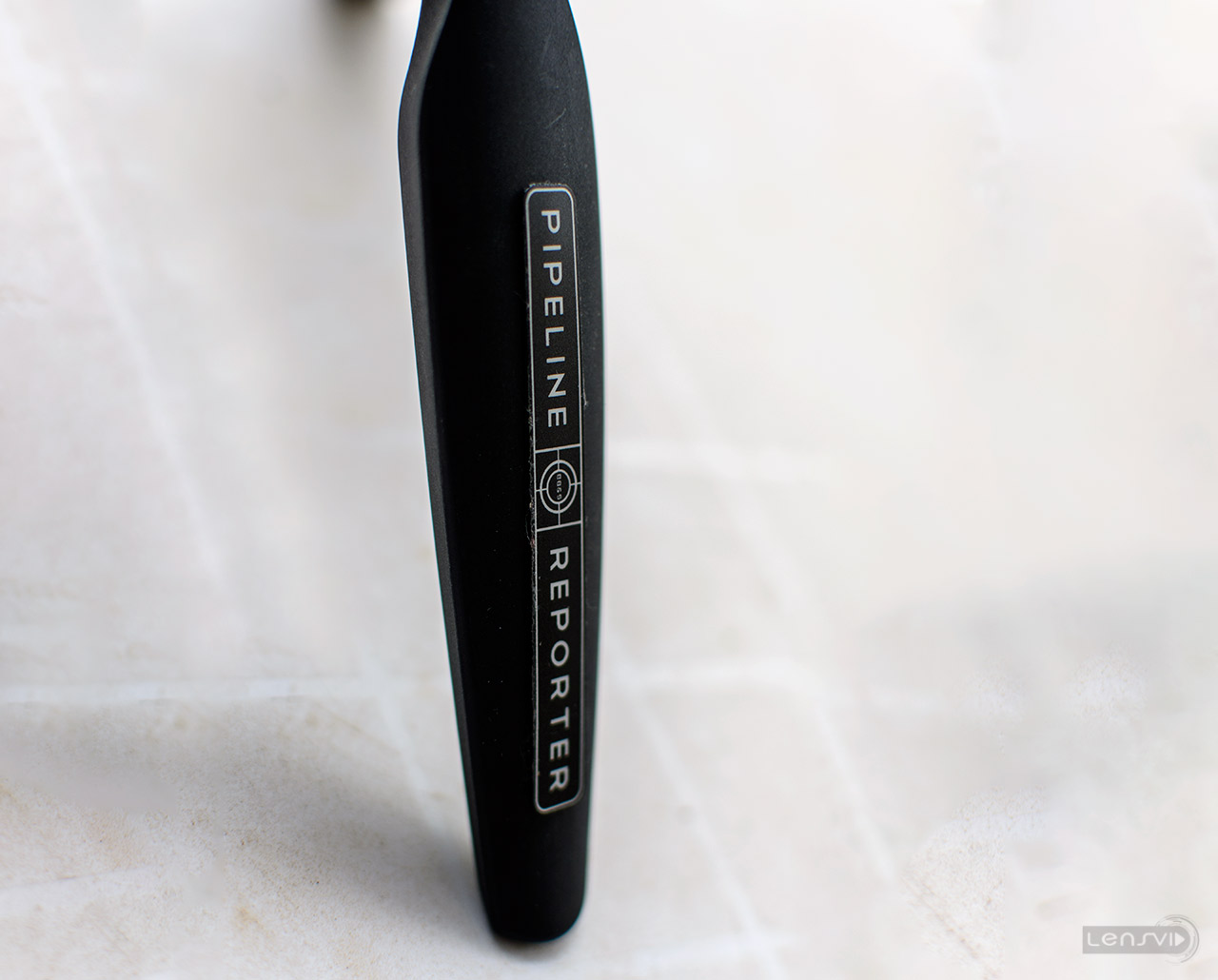 Luckily, if you want the light quality and the type of diffusion and spread that the Pipeline Reporter lights gives, but with a much stronger light, there are other products that you can buy – BB&S has several options of either longer pipes (2 feet and in some models even 3 and 4 feet long) which are several times as powerful. They also have the AREA 48 LED which has almost 5 times as many LEDs as a single Pipeline Reporter and uses the same technology basically (you can see a video demo of it with Vincent Laforet here) – so you have options – just keep in mind that these can get very pricey – very quickly.
Luckily, if you want the light quality and the type of diffusion and spread that the Pipeline Reporter lights gives, but with a much stronger light, there are other products that you can buy – BB&S has several options of either longer pipes (2 feet and in some models even 3 and 4 feet long) which are several times as powerful. They also have the AREA 48 LED which has almost 5 times as many LEDs as a single Pipeline Reporter and uses the same technology basically (you can see a video demo of it with Vincent Laforet here) – so you have options – just keep in mind that these can get very pricey – very quickly.
What we liked
- Very good light quality (very diffused, nice spread good color reproduction).
- High build quality (made in Denmark)
- Great kit (nice box, nice power connectors and mini tripods).
What we think could be improved
- Pricing is a bit high.
- An external battery could have been a nice addition in the kit (although it can be purchased separately for only $29).
- Lights are not powerful enough for anything over 1 meter / 3 feet.
You can check out more LensVid exclusive articles and reviews on the following link.

You can support LensVid by shopping with our affiliate partners
Affiliates: Amazon, B&H, Adorama and E-bay.
Why should you trust us?